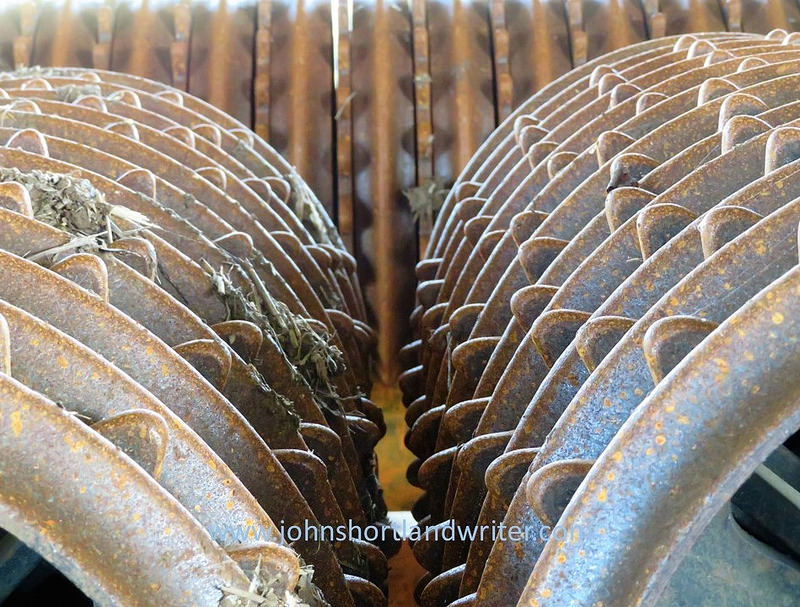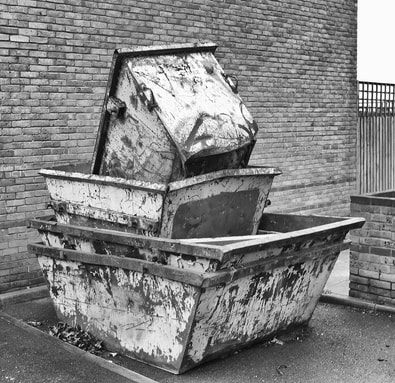Each year, there are millions of tons of recycled metal in the United States which gives the country another source of income with billions of pounds. Half of the recycled metals are exported while the rest is processed further for the demand in the US.
Metals are undoubtedly useful and versatile materials as they can be put together to make cars, ships, trucks, planes, railway tracks, household appliances, cutlery, packaging items and more.
The good thing is that metals can be repeatedly recycled without so much disruption to their properties. Their recyclability only makes them more valuable. Once their life span is over, they can still be fully used for more metallic products.
Metals are undoubtedly useful and versatile materials as they can be put together to make cars, ships, trucks, planes, railway tracks, household appliances, cutlery, packaging items and more.
The good thing is that metals can be repeatedly recycled without so much disruption to their properties. Their recyclability only makes them more valuable. Once their life span is over, they can still be fully used for more metallic products.
Types of Scrap Metals
In the household, aluminium and steel are commonly found. The main difference between these two is that steel is magnetic while aluminium is not. Sorting these two is quite easy due to this distinguishable property. In recycling metals, it is important to identify which one is which. indy2012.com/2017/08/02/passivation-stainless-steel-alloys/
However, these metals are only classified into two types:
Non-ferrous metals
These are from aluminium, copper and other metals like titanium, brass, nickel, lead, chromium, and many others. These might not be as abundant as the ferrous metals but they are more profitable.
The BMRA studies show that more than a million tonnes of non-ferrous metals in 2005 was recovered with almost half of these metals coming from aluminium. Foreign demand comprised more than 800,000 tonnes, a significant increase by more than 20% from 2004's demand. passivation.webflow.io/
The BMRA studies show that more than a million tonnes of non-ferrous metals in 2005 was recovered with almost half of these metals coming from aluminium. Foreign demand comprised more than 800,000 tonnes, a significant increase by more than 20% from 2004's demand. passivation.webflow.io/
Ferrous metals
These come from things with iron and steel, such as cars, cans, household appliances, and more. Research from the British Metal Recycling Association (BMRA) shows that more than 4.5 million tonnes of these ferrous metals are used for steel-work in the US just for 2005 while 6 tonnes were allocated for foreign demand. Since then, the demand for ferrous metals has grown steadily by 5% each year.
How to Recycle Metals at Home
Metals from foods and cans for drinks are the most common waste materials from homes. Recycling these things is quite easy as long as you can sort out cans made of aluminium or steel. Aluminium and steel cans are collected, sorted out and processed in the following methods:
- Aluminium cans are processed by compression and melting while removing their impurities.
- Steel cans are melted and gotten rid of impurities to be recycled for further use in the construction industry.
Recycling Trends
Local authorities are now in on the metal recycling trend. They help provide disposal facilities by putting up a recycling depot or roadside collection services for empty cans.
This move serves to encourage more people to recycle for a more energy efficient and greener planet.
This move serves to encourage more people to recycle for a more energy efficient and greener planet.



